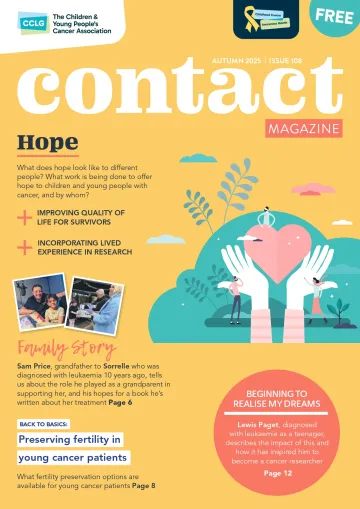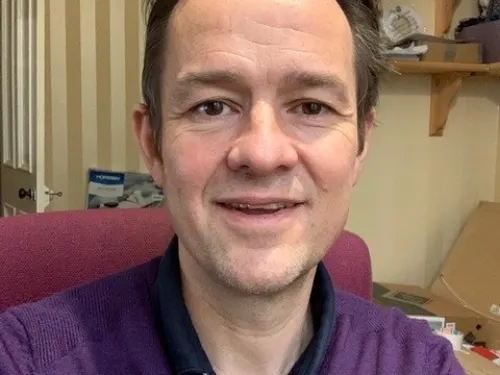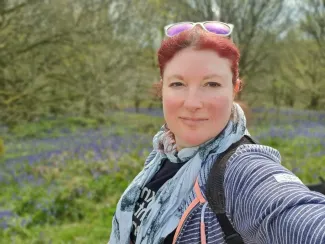When we first saw the word ‘palliative’ written, our hearts sank. Diagnosed with desmoplastic small round cell tumour (DSRCT) – a cancer with less than a 15% five-year survival rate – we knew Liz's chances of survival were tiny, but reading those words felt as though everyone had given up.
We weren’t ready to accept that Liz would die. Instead, we scoured the internet looking for cures, desperate to find anything that might save her. Liz was more pragmatic. Unlike us, she didn’t complain. She simply set about living her life.
In the 10 months that followed, Liz taught us that palliative care can be about living not dying. She went on three Disney cruises and a trip to Disneyland Paris. She rode rollercoasters at Alton Towers and LEGOLAND Windsor. And she took photographs that appeared in national and international media publications.
Liz never shied away from the truth. She always knew she would die. Thankfully, she was blessed with a medical team who championed her desire to live. Her team in Leeds pushed boundaries, allowing her to travel to London to fulfil her photography dreams while on a syringe driver that delivered pain and anti-sickness medications, and working with a team of nurses who delivered her care while she was there. The philosophy of her consultant, Professor Bob Phillips, of ‘what’s the worst that could happen?’ meant others challenged their own preconceptions. Liz was dying. Nothing anyone did would enable her to survive. But what we could do, what we did do, was allow her to truly live her life for as long as she could.
In the 12 weeks leading up to death, Liz was rarely at home. Instead, we made the most of the days we had. Refusing to think of the future, we maximised the present. Liz photographed an investiture at Windsor Castle, which meant she met the Prince and Princess of Wales. She photographed West End actresses and movie stars, drag queens and circus performers, and got to shoot with many incredible photographers.
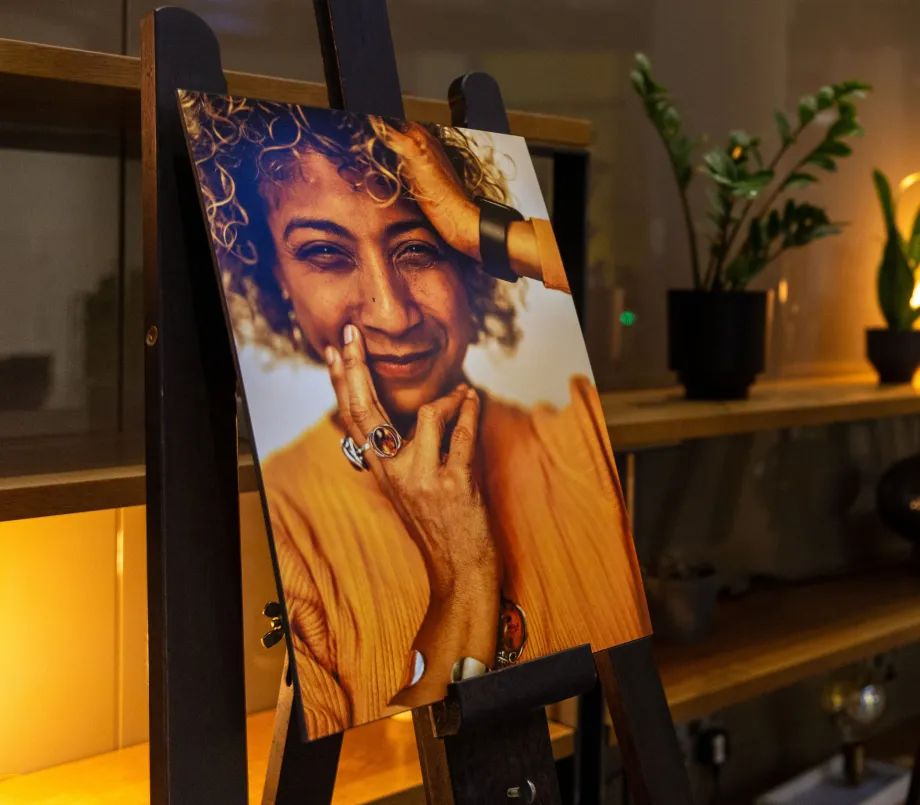
Liz's photography exhibition
Just one week before she died, Liz had an exhibition of her photographs, held in London – the city she’d dreamed of living in. She bowed out of the world on her terms, with those she loved, talking about her work, not her cancer. It was a night filled with love, talent and admiration. As people left that night, they knew they wouldn’t see Liz again. It was, in many ways, a living funeral without the tears. Words weren’t needed, the fact that people had travelled from all over at only a couple of weeks' notice said it all. Liz knew how loved she was. Those she invited knew they were her people. It was a guest list curated by her. She was in control of the last act of her life.
In the week that followed, Liz became increasingly tired, but even then, she didn’t stop living. There were photographs to take, sweet shops to visit and family to love. Her final night was spent watching her nine-year-old brother, Mateo, swim for his swimming squad session. She smiled in pride, managing to stay awake for the whole hour. Liz went to bed that night falling asleep for the final time, leaving him in no doubt she 'loved him most’.
Liz was young, she was alive, she was determined. She challenged all our preconceptions, determined that her life would be about living not dying. Liz left us, her family, with a bank of memories that will sustain us for a lifetime. And she left the world the gift of remembering to make the most of life.
See Liz’s photography on Instagram @Lizhatton_photography For support for those with DSRCT see @CaptureDSRCTC
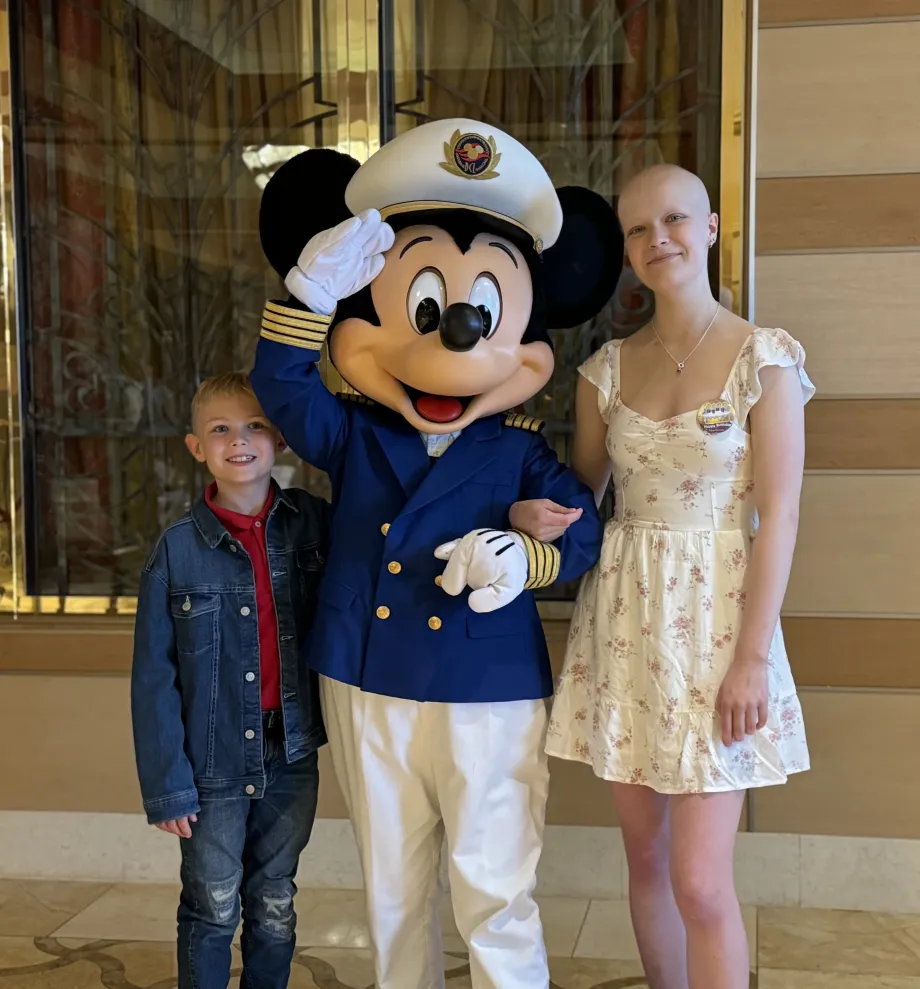
From Contact magazine issue 108 | Autumn 2025

